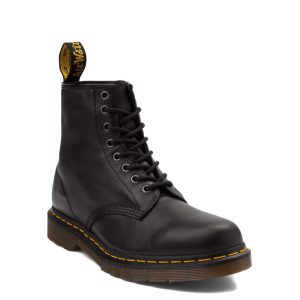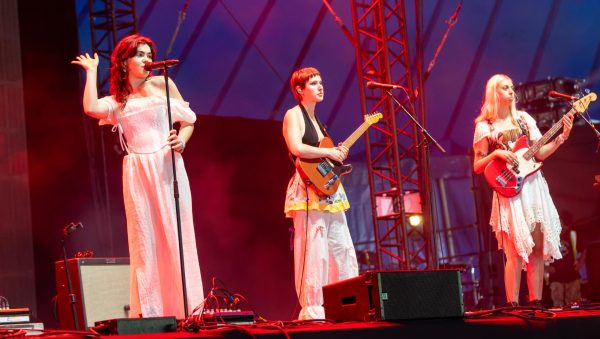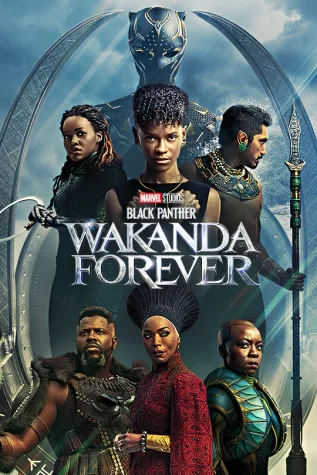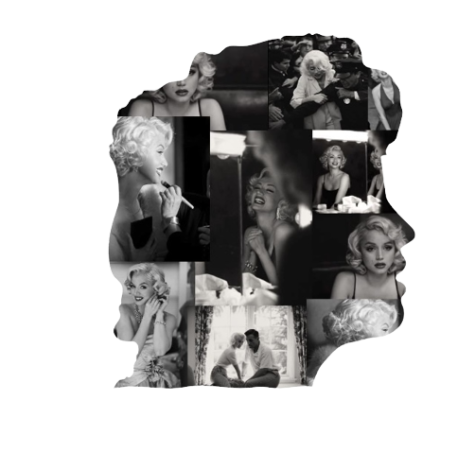Cyclical Trends
October 4, 2019
If one looks up “vintage” on Pinterest, pictures of Volkswagen buggies, typewriters and record players will come up. This aesthetic is never ending; some products and fashions rise back into popularity because they are photogenic. This “comeback” in trends can be seen through multiple aspects in culture, especially in fashion.
Vintage fashion is a trend that doesn’t die down; new styles are being added every month. Scrunchies, a recent development in this “comeback” trend, decorate wrists as if they are bracelets. The decorative hair accessories were extremely popular in the late ‘80s and early ‘90s, but died down in the 2000s as the followers of this fashion grew older and affiliated scrunchies as a childish, outdated trend. However, they have cycled back as a fixture in fashion today. Similarly, mom jeans, high waisted jeans that provide a relaxed fit, were fashionable in the same time frame that scrunchies were popular. Eventually this style became outworn in the 2000s when low waisted jeans became the fashionable trend, in turn creating a stigma that these loose fitting jeans were worn by middle aged women, or “moms”, thus its namesake. Today, the younger generation has embraced this style and customize their jeans as well, by hand-making rips or by ironing on patches on the denim. Graphic T-Shirts with depictions of decades-old pop culture references also are part of this vintage-esque style; shirts with the cover for The Beatles’s album “Abbey Road” is an image many millennials can envision. Other fashion items that have gone through a cyclic trend include fanny packs and crop tops.
Hollywood is another aspect of culture that goes through cyclic trends. Shows have the potential to grow popular due to a vintage aesthetic they use for the setting. Stranger Things, a Netflix series that rose to fame due to its supernatural plot and ‘80s setting, is an example of a cyclic trend. While the ‘80s decade was a reality thirty years ago, it is now seen as an ornamental concept, used to attract and promote shows through its vintage aesthetic and nostalgic environment. Fans of the show are inspired by the fashion and the props used to enhance the ‘80s aura, which deepens the process of the cyclic trend. Spinoffs and reboots of television shows are also part of this “comeback” culture. The spinoff to Full House, Fuller House, was created in 2016; the original sitcom was a hit sensation in the ‘90s. There were also talks of a Gossip Girl reboot, a show that was aired in the late 2000s to the early 2010s. These shows are able to be brought back in modern day times for the sake of nostalgia from the cyclic trend.
Businesses use these comebacks in culture to sell merchandise and products, allowing for the cyclic trend to carry on. Coca Cola launched a campaign alongside Stranger Things to revive their “New Coke” recipe for a limited supply this spring. This new, sweeter recipe replaced the classic one in 1985 but was quickly ended after national outrage over the change ensued. The McDonald’s Szechuan Sauce from 1998 was also brought back for one day due to its referral in Rick and Morty. This marketing tool to bring back this product, in addition to promoting with a television show set in the same year, creates a sense of urgency for individuals to buy the product due to limited quantities. Through these revival tendencies by businesses, the comebacks for older, sentimental products continue to remain a mainstream aspect of culture.
How are outdated products and aesthetics brought back and rebranded to fit another generation? In the Atlantic article titled “Scrunchies Are Little Rainbow Reminders That Millennials Are Old”, Nancy Deihl, a fashion historian and professor from New York University, says that some trends circulate through a 20-year cycle in which they rise and decline in popularity. This 20-year cycle can be seen in scrunchies, Stranger Things, and “New Coke”. Through these years, old trends start to look new and fresh to the younger generations who wrap up these vintage products into their own aesthetic; the older generations can reminiscence over their childhood commodities that are now popular again. Fashion generally doesn’t seem to derive from original ideas within the masses, as trends get reused over and over again through the 20-year cycle.
It’s hard to define vintage nowadays, with fashion, entertainment, and businesses continuously reviving older trends, but one thing is clear: the vintage aesthetic on Pinterest boards will stay outdated as long as products keep coming back, perpetualizing this cyclic trend of products and services.























